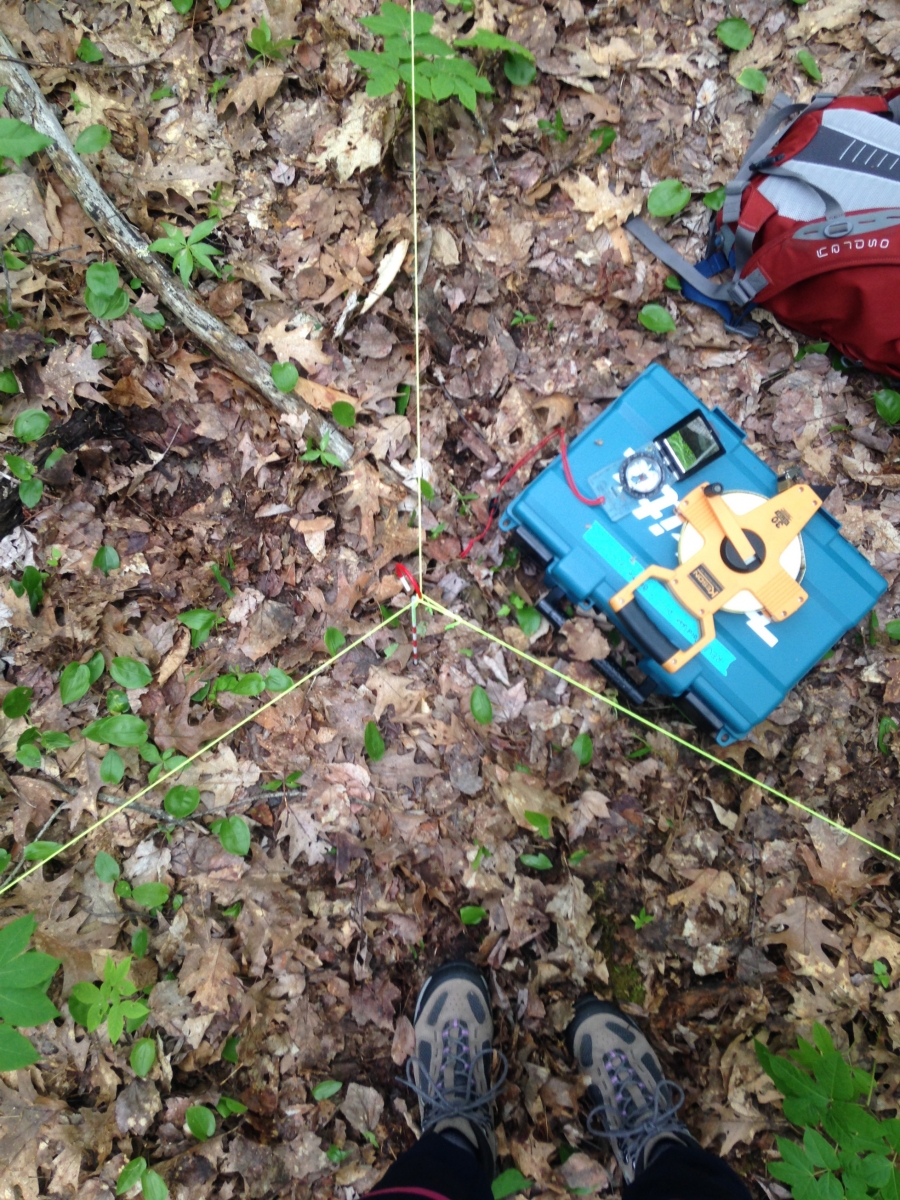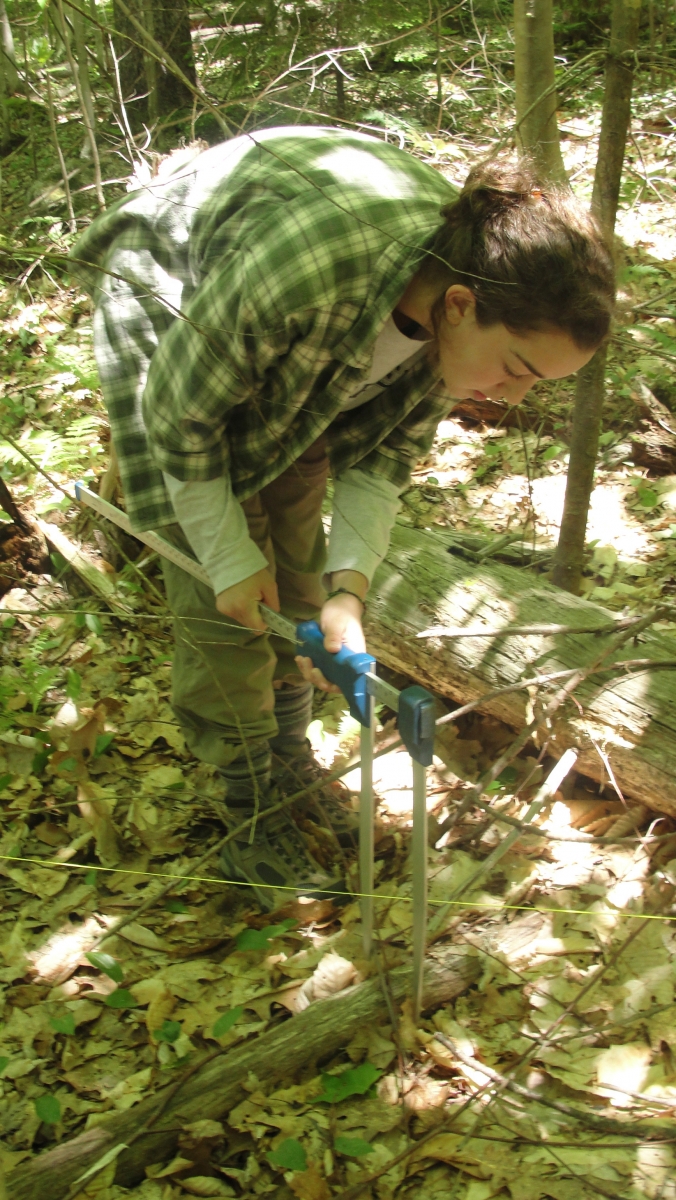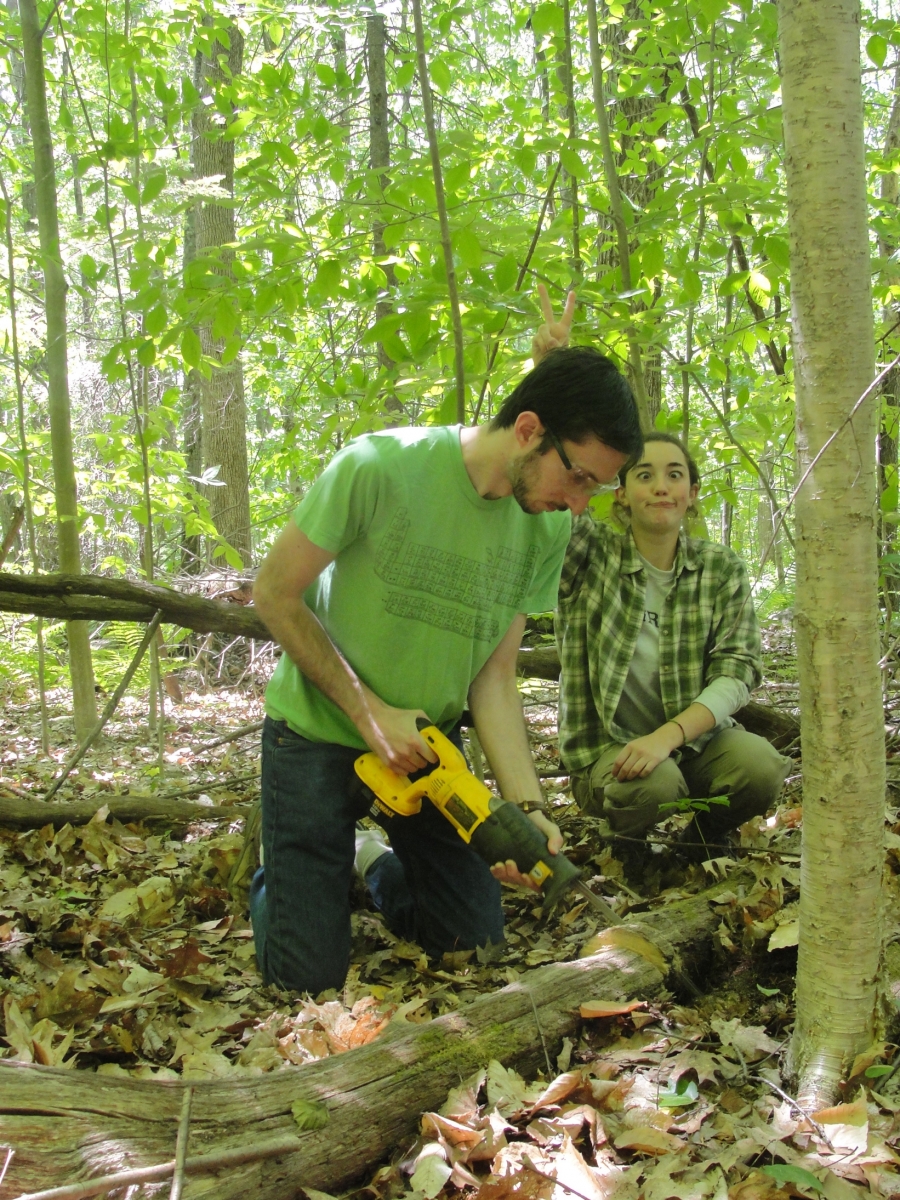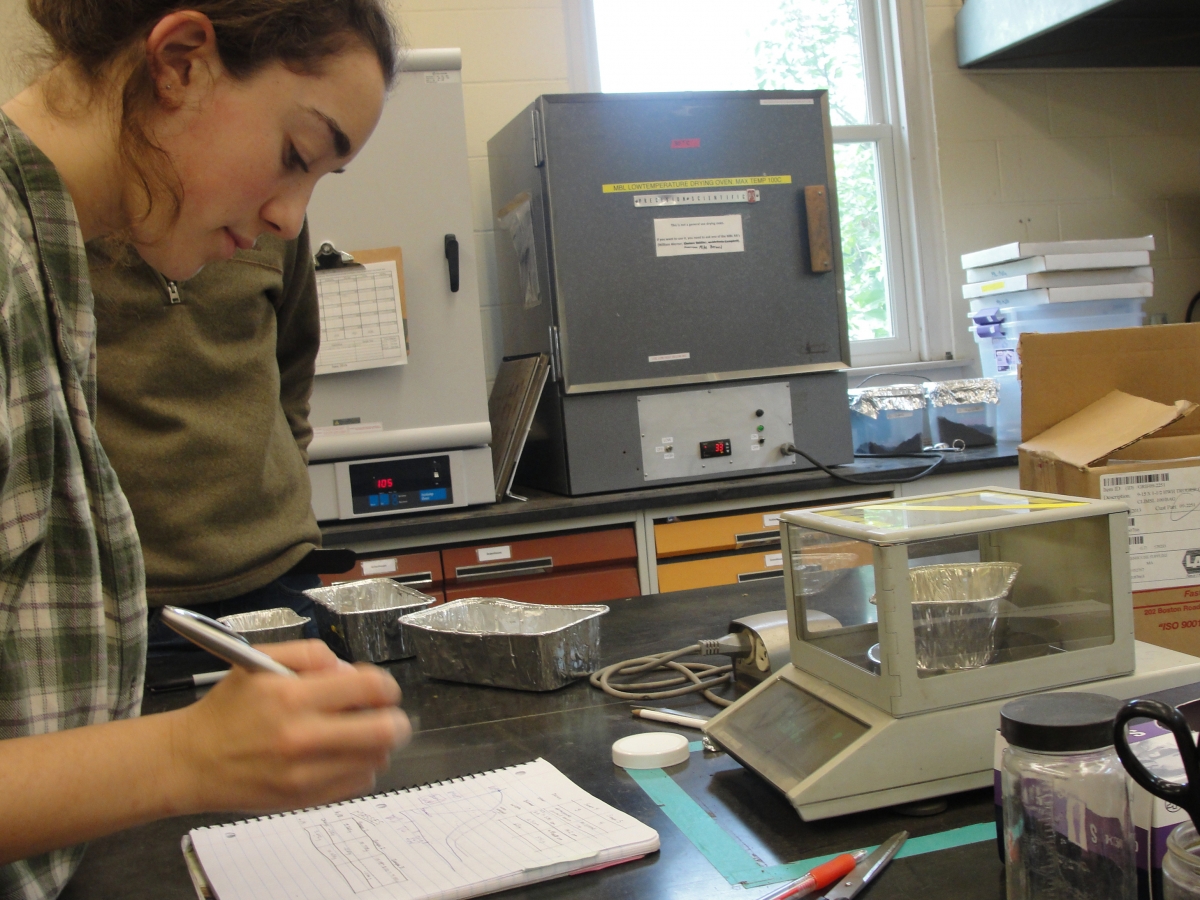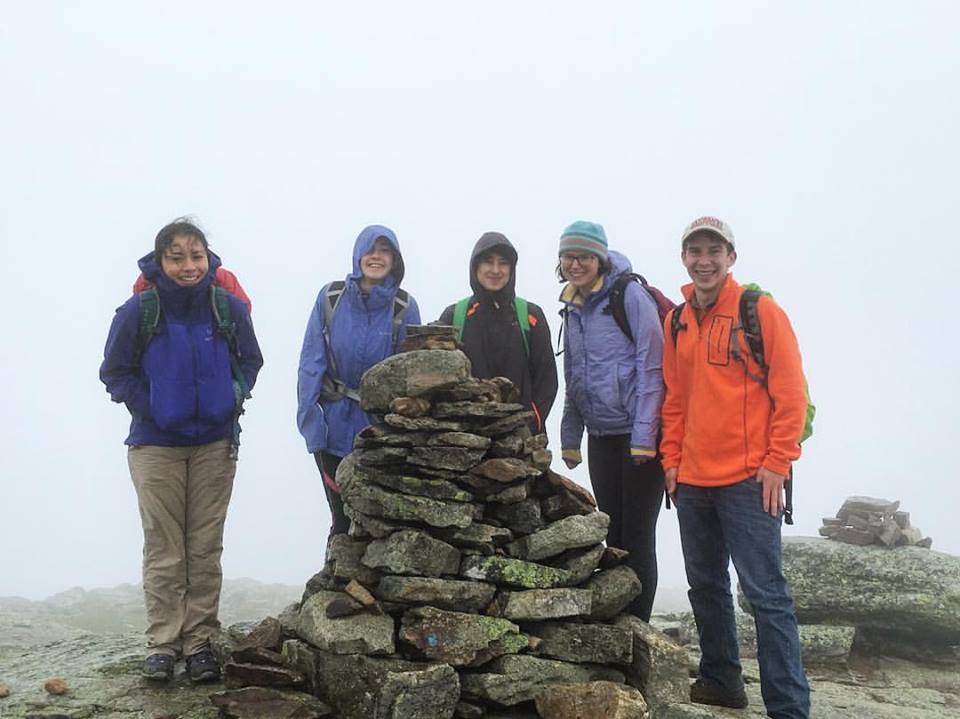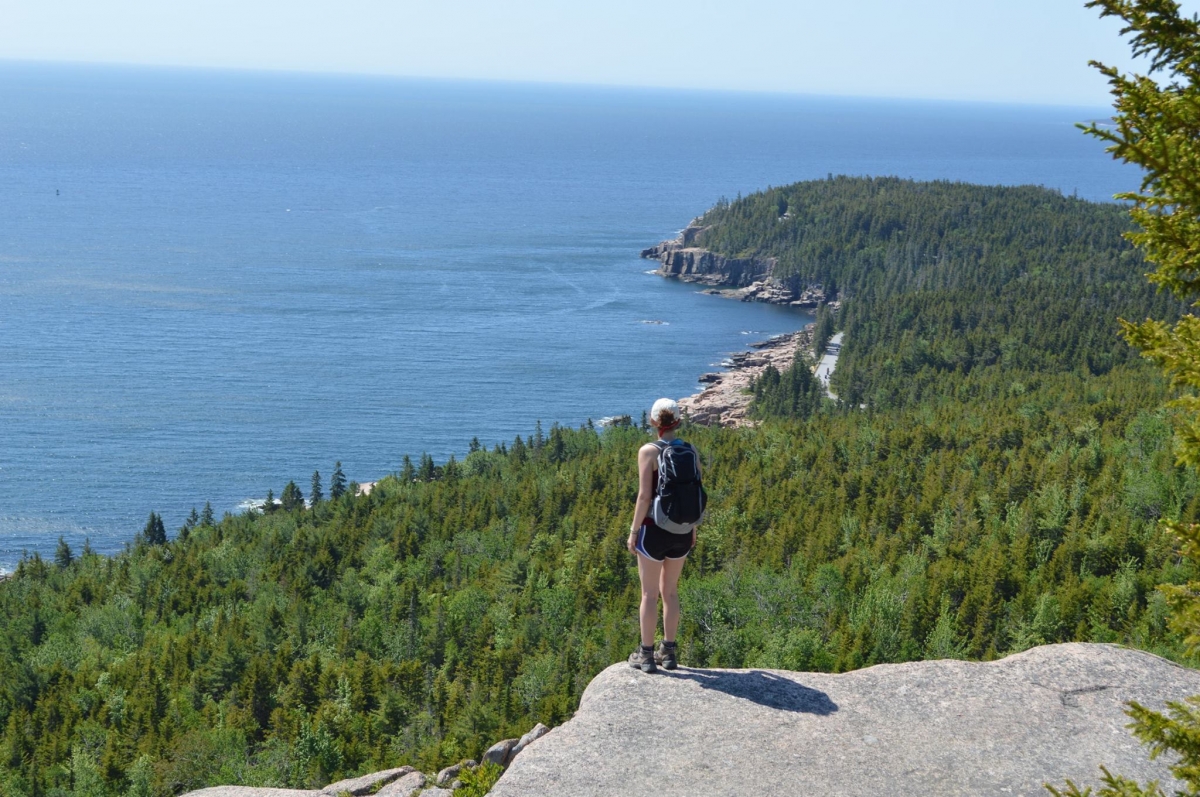You are here
The Great Coarse Woody Adventure
Amid the rolling hills and towering trees of Petersham, Massachusetts, this summer I’ve had the opportunity to research carbon storage dynamics in Harvard Forest. At a time when humans are releasing unprecedented levels of carbon into the atmosphere, a comprehensive understanding of carbon dynamics is more important than ever. While many consequences of this change are known, there is still uncertainty regarding ecosystems’ response to climate change. We need to understand how ecosystems handle carbon now so that we can predict how those dynamics might change as we alter the composition of our atmosphere.
In the past there’s been a lot of research regarding carbon storage in living trees and the atmosphere. Dead wood, or more formally, Coarse Woody Debris (CWD), is a significant and historically ignored portion of forest ecosystems and the focus of my summer research. Adding this missing piece will lead to a clearer picture of the forest as a whole.
So how exactly does one go about figuring out how much carbon is stored in the dead wood of a forest? Ultimately, my project had two main components: line transects and a standing wood survey to estimate how much wood is in the forest, and sample collection from logs with known ages to determine decay rate. We used this information to determine how much carbon enters, remains, and leaves the CWD pool. Initially, however, seeing as I was new to the realm of woody debris, my project started with becoming informed. After reading up on the various ways to measure CWD, and a lot of notes in my trusty Chewbacca notebook, I was ready to design my project. With the help of my mentors Evan Goldman and Bill Munger I composed a timeline, wrote up field work protocol, established sampling methods, and hit the ground running.
On my first day in the field I received a map of 33 long term research plots on Prospect Hill, complete with compass bearings and hand written annotations about where to look for wildflowers. These plots are where similar measurements have been take every three years since 1999, giving us a long term record of carbon in the forest. After a few days of trekking around and practicing with the compass I was able to navigate from plot to plot independently. Armed with giant calipers and a roll of twine, I set up three transects in each plot. Whenever a transect crossed over a log I measured the diameter and length of the log. I also recorded other information like the species of the tree (sometimes having to find the tag and track the log through the database), how much it had decayed, and the presence of moss, lichen, and insects.
In order to find the decay rate of the dead wood, we decided to collect samples from logs which we’ve tracked since they were alive. The next step was figuring out which tool to use for this. After a series of adventures in the woods with various power tools and sharp objects we decided on two: a circle drill for the less decayed wood and a drywall saw for the more decayed wood. Once again I went plot to plot, finding the right logs and collecting as many samples as I could. I would bring the samples back to the lab, dry them, and find their current density. We compared this to the known density of the living trees in order to find out how quickly the wood was rotting and returning carbon to the atmosphere. I got to spend weeks where “a long day at work” meant hiking out to the plots, making friends with the salamanders and frogs, battling mosquitoes, getting covered in sweat and bug spray, eating lunch amid the trees, listening to the birds, and taking breaks to watch the sunlight play in the leaves.
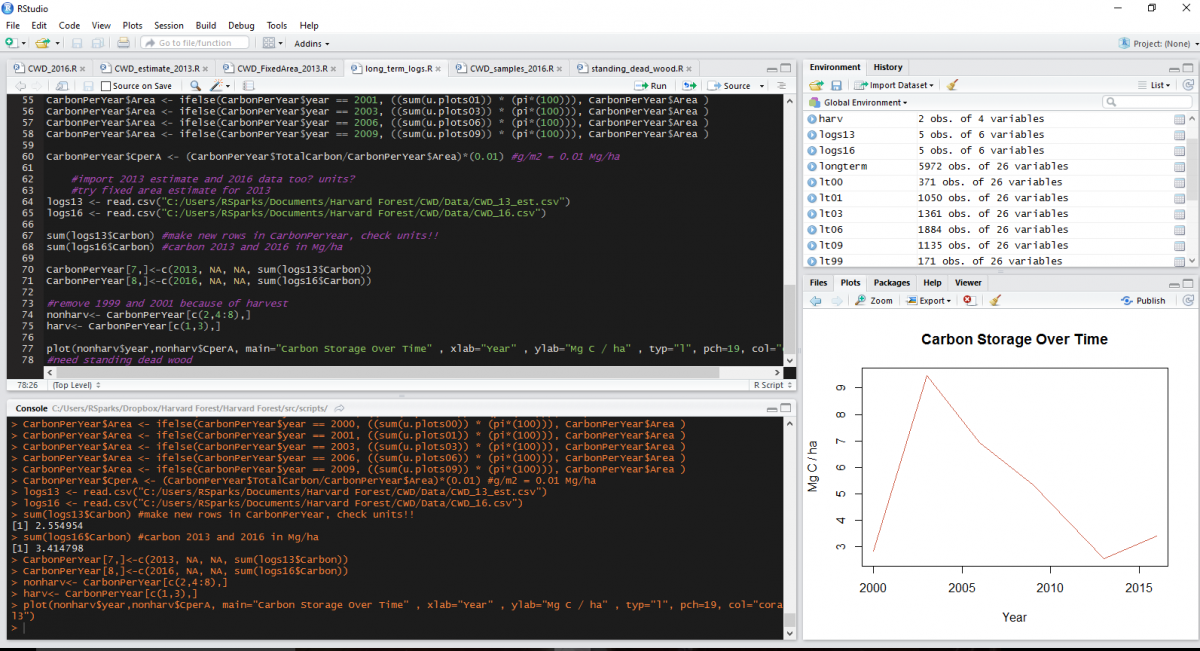 Over the course of the summer I’ve learned a lot about R, a programming language for statistical analysis. On the days that I wasn’t running around the woods, I was learning how to analyze the data I was gathering. After tutorials, practice analyses, troubleshooting, and one heck of a learning curve, I’ve learned to wrestle with R and appreciate its capabilities. We are still in the process of analyzing all the data, but we’ve been able to add our estimate of how much carbon is stored in logs in 2016 to the long term data.
Over the course of the summer I’ve learned a lot about R, a programming language for statistical analysis. On the days that I wasn’t running around the woods, I was learning how to analyze the data I was gathering. After tutorials, practice analyses, troubleshooting, and one heck of a learning curve, I’ve learned to wrestle with R and appreciate its capabilities. We are still in the process of analyzing all the data, but we’ve been able to add our estimate of how much carbon is stored in logs in 2016 to the long term data.
Not only did I receive the incredible experience of building a research project from the ground up, I also got to spend the summer with a group of stunningly kind and inspiring friends; a group of people that initiate adventure after adventure, have an endless wealth of humor, and make the best of every day here. From cars filled with laughter and feminist discourse to contradancing with elderly locals, from dusk adventures in national parks and seaside meditations under the full moon to campfires at the house and late nights in Boston, from some of the best food I’ve had the pleasure of eating to the summits of mountains I never thought I’d climb, I am more grateful for their company than I could possibly put into words.
At the beginning of this summer I didn’t know much about dead wood, except that it’s a good place to look for salamanders. Now entering the last week at Harvard Forest and coming to the end of my project, I’ve had the experience of spending weeks in the field, finding creative solutions to challenges, and learning about the important role that dead wood plays in New England forest ecosystems. Knowing that this research informs a broader understanding of something as impactful as carbon storage is intimidating yet even more rewarding. And while contributing to some awesome scientific research, it just so happens that I also got to have the time of my life.



